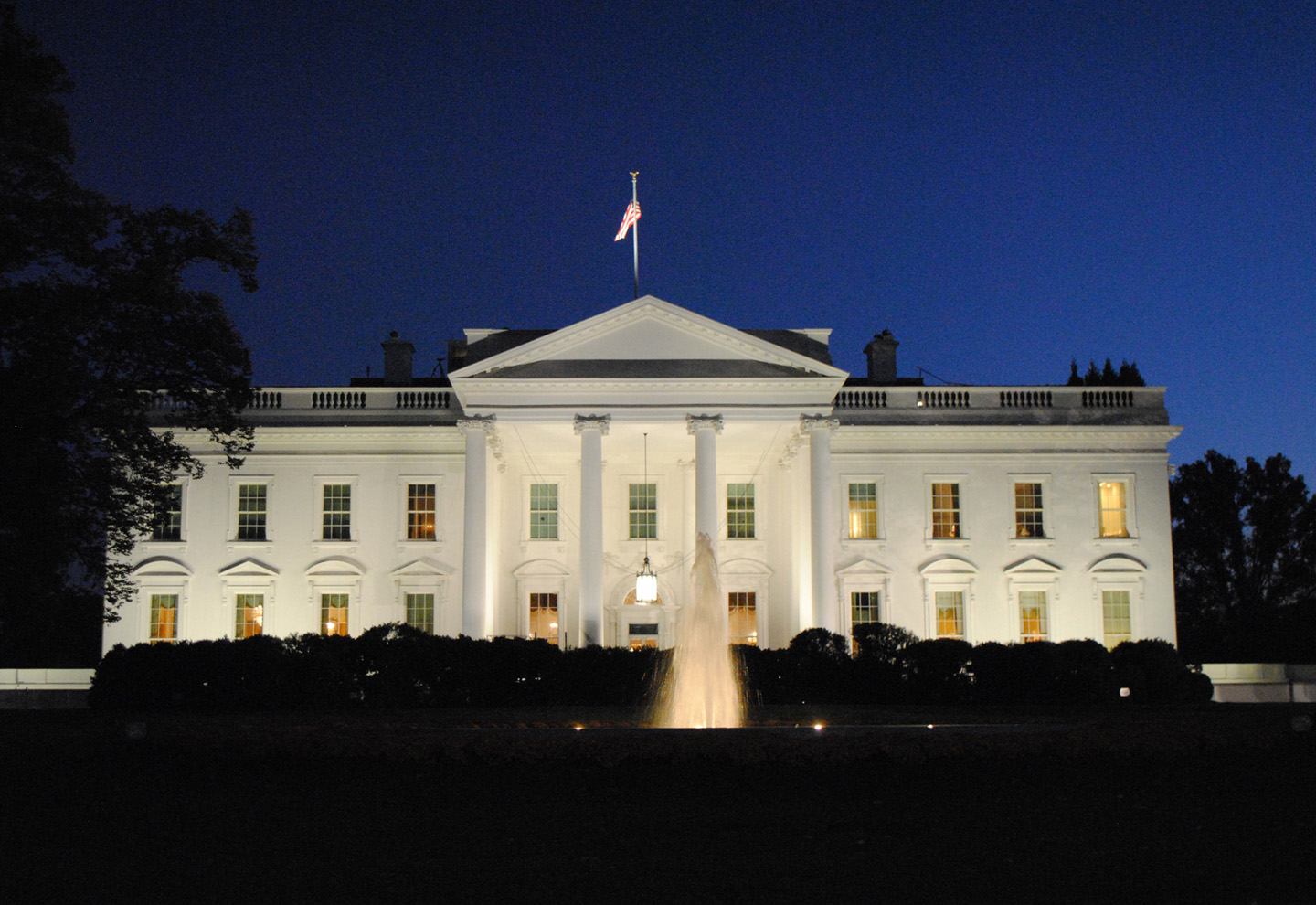
Advice for President Biden's first 100 days
As with Presidents before him, Joseph Biden will be judged on the progress he makes in his 100 days. Given the state of the nation and the world, he has his work cut out for him. As someone who studies leadership transitions and advises new CEOs, I have witnessed the power of early words and actions. Done well, his first 100 days will lay the foundation for a successful first term in office. Early stumbles, however, will be very costly, wasting energy and squandering the potential to build momentum.
For President Biden, as for all newly appointed executives, an early priority is getting his team in place; they will be the critical “force-multipliers” for shaping and executing his agenda. Democratic control of the Senate should help smooth what could have been a contentious and disruptive process. It will be an important early win if the cabinet members he has nominated are confirmed rapidly. Having his team in place is especially essential in national security and public health, where the Nation is facing severe, immediate vulnerabilities.
A second priority is establishing a set of “governing principles” that will communicate how his approach to leading the Nation will differ from his predecessor. As with newly appointed business executives, early communication of such principles helps to reassure and shape expectations. For President Biden, obvious candidates for these principles include commitments to inclusivity, high ethical standards, and fair process.
Beyond that, President Biden should be pursuing efforts simultaneously to secure early wins and lay a foundation for future sustained progress in economic and social policy, national security, and international relations. Doing so is akin to launching a two-stage rocket into a stable orbit. The first stage of shorter-term initiatives lifts the new leader off the ground, while the second stage of foundation-building efforts provides the thrust necessary to avoid falling back to earth.
In doing this, President Biden should recognize that much of leaders’ work during transitions is about signaling, symbolism, and sequencing.
Signaling is about defining and communicating the most important messages he wants to convey to key constituencies – nationally and internationally – about his intent and resolve. Examples could include committing to accelerate the roll-out of COVID-19 vaccine (which he already has done), promising to rejuvenate trans-Atlantic alliances, expressing intent to rejoin the Paris Agreement on climate change, offering to open dialogue with Iranians, and issuing a stern warning to Russia about its rampant cyber-espionage and election interference.
Symbolism is about engaging in acts that have resonance far beyond their immediate impact. When a new CEO pays an early visit to a small, far-flung company facility that has never before seen a senior executive in person, it impacts every employee in the company who works in such facilities. So, President Biden needs to engage in early actions that back up the signals he has sent. One example is the early issuance of a comprehensive set of Executive Orders undoing the most damaging elements of his predecessor’s policies. Other examples could include an early visit to Europe to repair damaged alliances and sharp-but-measuring actions to curtail Russian aggression.
Sequencing is about creating a sense of momentum by stringing together coherent sets of messages and actions. For example, business startups often try to do a series of progressively larger deals with customers as this creates a perception of progress to investors and other potential customers.
For President Biden and his advisers, this means carefully mapping out the trajectories they plan to pursue in critical areas of policy. Promising trajectories begin with signaling. They are backed up with early symbolic acts, amplified by planned sequences of follow-on actions, and backed up by coherent dedication of essential resources to create and sustain progress. In dealing with the COVID-19 pandemic, for example, President Biden’s early commitments to rapidly get Americans vaccinated were followed by symbolic acts such him and key members of his team publicly receiving their shots, and then with more substantive initiatives such as convening an expert task force to provide advice. We can expect increasingly detailed and substantive plans rapidly to emerge post-Inauguration in this and other key policy areas.
In doing all of this, President Biden also will serve as a role model for how all the other leaders in his Administration should approach their transitions; they, in turn, should inspire the people they select for their teams, and so on. To the extent that the Biden administration succeeds in “accelerating everyone” taking new roles, they will magnify their impact and more rapidly mitigate the threats and begin to solve the manifold problems facing the Nation.
Research Information & Knowledge Hub for additional information on IMD publications

in I by IMD 3 April 2024

![We are all activists [Video]](https://www.imd.org/ibyimd/wp-content/uploads/2024/03/IByIMD-BookClub-RELIVE-March28-IbyIMD-FeaturedImage-5x4-1250x1000-1-720x630.png)
![ACWA Power’s Marco Arcelli: "I’m the Chief Facilitating Officer" [Video]](https://www.imd.org/ibyimd/wp-content/uploads/2024/03/CEODialogue-MarcoArcelli-IbyIMD-Cards-5_3-1250x725-1-720x630.png)
in I by IMD 25 March 2024

in I by IMD 22 March 2024

Research Information & Knowledge Hub for additional information on IMD publications
Research Information & Knowledge Hub for additional information on IMD publications
Research Information & Knowledge Hub for additional information on IMD publications
Research Information & Knowledge Hub for additional information on IMD publications
in I by IMD 3 April 2024
Research Information & Knowledge Hub for additional information on IMD publications
Research Information & Knowledge Hub for additional information on IMD publications
Research Information & Knowledge Hub for additional information on IMD publications
in I by IMD 25 March 2024
Research Information & Knowledge Hub for additional information on IMD publications
Research Information & Knowledge Hub for additional information on IMD publications
in I by IMD 22 March 2024
Research Information & Knowledge Hub for additional information on IMD publications